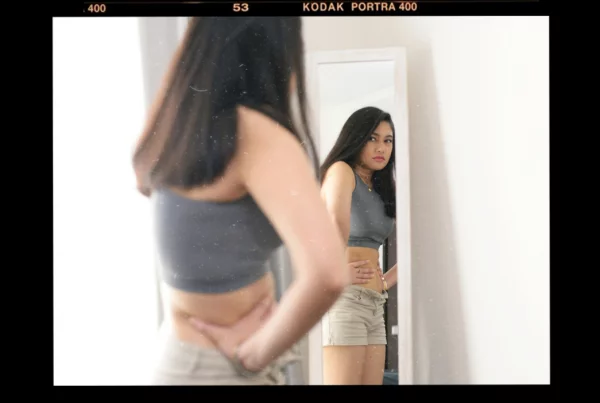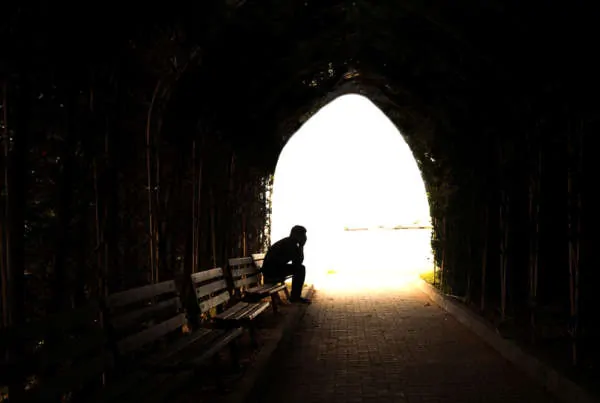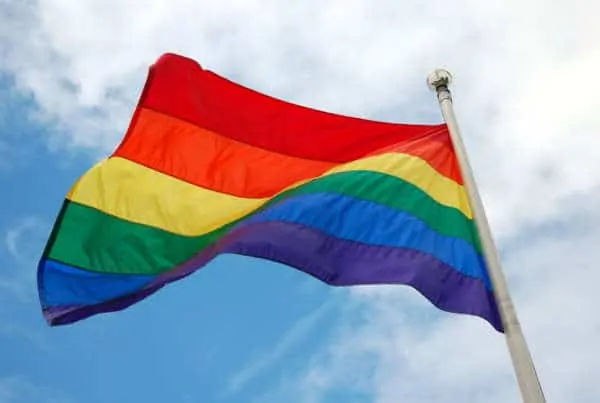In honor of NEDA‘s annual Eating Disorder Awareness Week or EDAW, I had the opportunity to speak about body image and photography at Cal State Northridge. Conversation is a huge part of my photographic process and a key component in working with people. It’s not uncommon for me to hear self-deprecating commentary from photography clients about their perceived weight issues, body expectations, body shape, size, imperfections, et cetera. We are never exactly where we think we should be, right? In those moments where we are particularly vulnerable (in front of a camera, for example), why wouldn’t we talk about how insecure we might feel? After all, we are inundated with manufactured “perfection” in advertising and media on a daily basis. I find it an honor and privilege to have the opportunity to use these moments to be of service as a body image advocate to honor whomever I’m photographing in order to create a creative partnership. In those moments, we can quiet that angry inner voice of delusion.
Recovery asks us to be of service. In my own recovery, I try and bring the energy of service work into everything I do: to love others, even when loving them is difficult. To love myself, regardless of my own perceived imperfections. Eating disorders and disordered eating both have this in common: body image issues. If anything, it is a side effect of being a human being in a visually saturated world, but it doesn’t have to become a necessary evil. There is a way to challenge the negative body image messages we encounter in our everyday lives. Changing your body image means changing the way you think about your body.
Start from within:
When you wake up, set an intention to say 3 nice things to yourself throughout the day. Write those things on post-its if you need to and stick them where you won’t miss them.
Change negative perceptions to those of acceptance and positivity
Silence your inner critic. Begin to recognize that A: you are not your thoughts,
and B: feelings aren’t facts.
When you hear that negative self-talk revving its engine, try and counteract it with a positive comment.
How do we learn to love ourselves when what we see is distorted?
We see reflections of ourselves wherever we go: shop windows, bathroom mirrors, dressing rooms, elevator doors, brass coverings, and random reflective surfaces. Our reflections are everywhere, but are they really a true reflection of us? Most often, they are not. Many professionals are talking about “Mirror Fasting.” In this practice, you are asked to “fast” from looking at your reflection.
Try this: Make a decision to stop looking at your reflection for a day. See how you feel. Add another day. See how you feel. Women and men who do this tend to have an increase in self-esteem, and a more positive image of their bodies. What we see is not always reality when it comes to mirrors; when we suffer from body dysmorphia, what we see really becomes skewed. Kjerstin Gruys, a 29-year-old sociology graduate student documented her yearlong Mirror Fast in her blog, Mirror Mirror…Off the Wall. In that process, she learned to love her body. I’m not asking you to skip mirrors for a year, but perhaps trying it out for day or a week, noting the emotional effects would be beneficial.
Body image issues are something many of us face. Even in recovery, even knowing what we know about the negative factors behind a poor image of self, we struggle. But with what we know, we have to find the temerity to stand up to that inner bully and put a stop to the barrage of self-deprecating chatter. Today, I stood up to that voice and looked in the mirror and said, “You are magnificent.” It felt incredible.
Helpful reads:
How Yoga Changed My Mind (And My Relationship to my Body) by Melanie Klein
Starving for Connection by Chelsea Roff
Originally posted on March 1, 2013 @ 1:09 am








